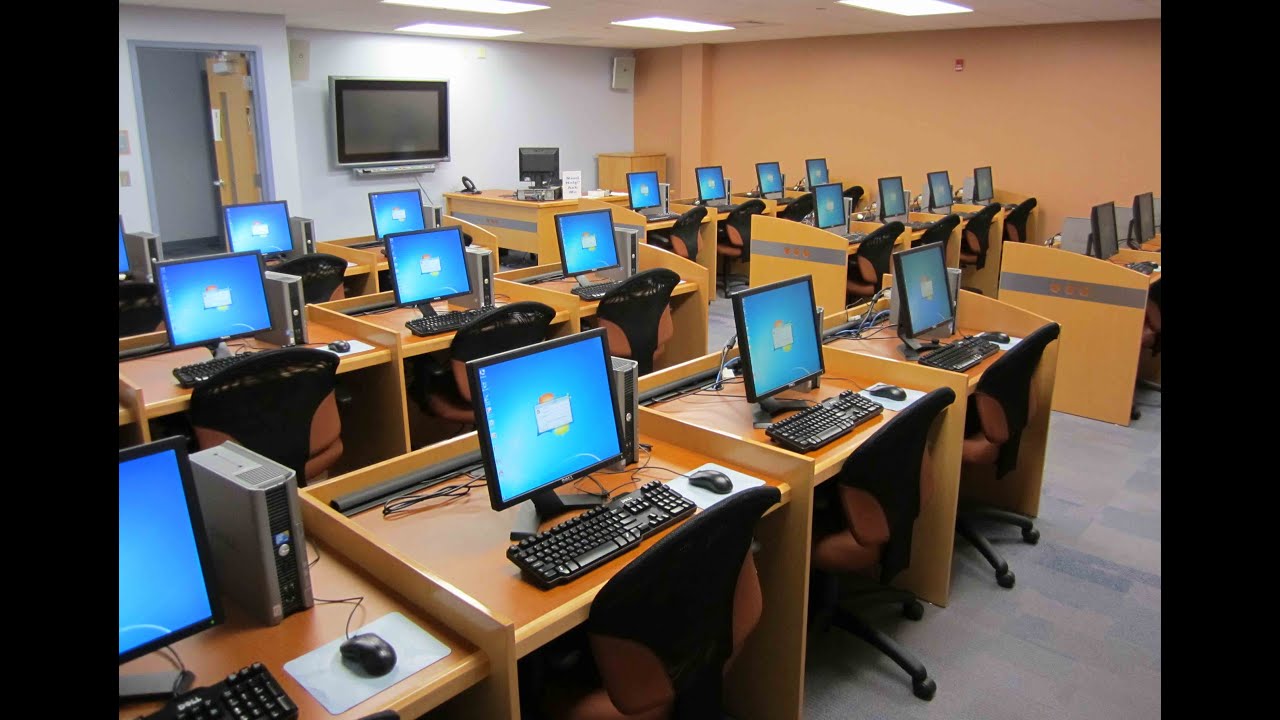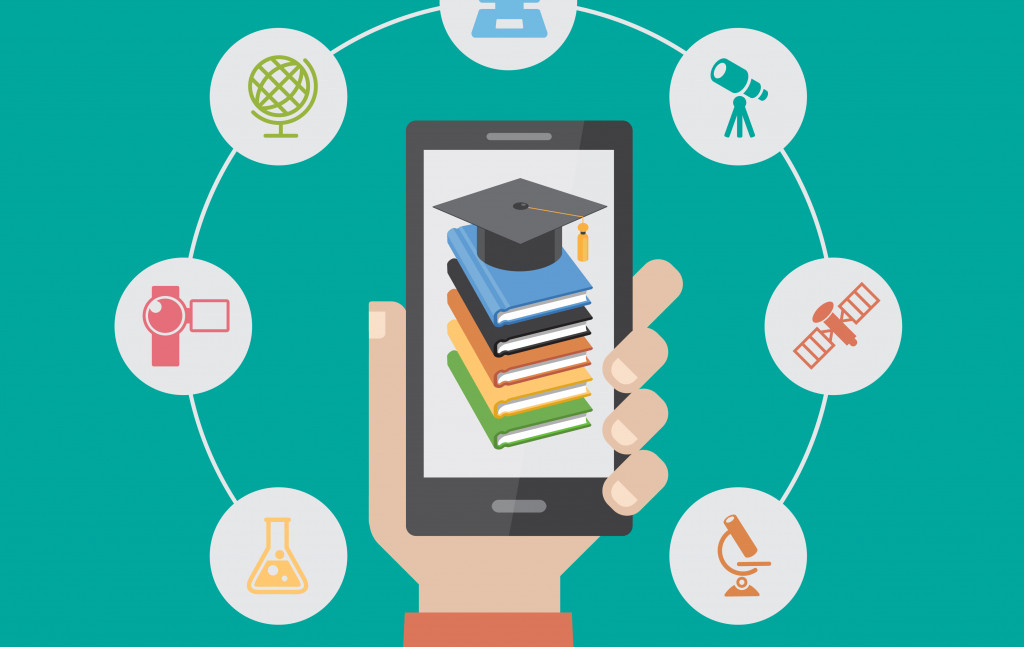How To Integrate Computer Labs With The School Curriculum Effectively.

Strong 8k brings an ultra-HD IPTV experience to your living room and your pocket.
In today's fast-evolving digital landscape, integrating technology into education isn't just an enhancement—it's a necessity. Schools around the globe are investing in technology to prepare students for the real world, where digital fluency is as important as reading and writing. One of the cornerstones of this transformation is the computer lab setup for schools, which serves as a vital platform to introduce young learners to the world of computing, problem-solving, coding, and digital creativity.
The true challenge lies in effectively integrating computer labs into the school curriculum, ensuring that students not only learn how to use technology but also how to apply it meaningfully in various subjects.
Why Computer Labs Matter In Schools
There is more to computer labs than rooms filled with equipment. Students can create ideas, carry out virtual experiments, improve their research abilities, and develop their digital literacy in these dynamic environments. For schools, especially in Tier 2 and Tier 3 cities, a thoughtfully designed computer lab setup for schools can bridge the digital divide and democratize access to high-quality learning tools.
When used strategically, computer labs:
Encourage interactive and student-led learning.
Help students develop essential 21st-century skills like coding, data analysis, and digital communication.
Make theoretical subjects like math, science, and geography more engaging and practical.
Step-By-Step Guide To Integrating Computer Labs Into The Curriculum
To maximize the value of your school’s computer lab, it’s important to take a structured and intentional approach. Here’s how to do it:
1. Start With A Purposeful Lab Setup
Before you even begin curriculum integration, ensure you have the right computer lab setup for schools.
- Invest in quality hardware and reliable internet connectivity.
- Choose age-appropriate software that aligns with the students’ cognitive levels and curriculum needs.
- Ensure a good furniture, power backup, ventilation, and IT security measures are in place.
A well-planned setup creates a comfortable, safe, and motivating environment for students to learn. It also reduces disruptions and maximizes teaching efficiency.
2. Collaborate With Subject Teachers
Computer education should not be siloed. Work closely with teachers from different subjects to explore how technology can complement their lesson plans.
- Math teachers can use software like GeoGebra or Excel to teach geometry and statistics.
- Science teachers can demonstrate simulations of lab experiments.
- Google Earth and tools for analyzing maps could improve geography lectures.
By embedding technology into core subjects, the computer lab becomes a shared educational tool, not just a separate subject area.
3. Create Interdisciplinary Projects
Encourage students to work on projects that blend subjects and use computers to research, create, and present findings.
- A social studies project might include creating a presentation using PowerPoint or Canva.
- Language classes can involve typing practice, story writing, or digital storytelling tools.
- Art can be explored through design software and digital painting apps.
These activities foster creativity, critical thinking, and real-world problem-solving skills while giving students hands-on tech exposure.
4. Introduce Coding And Computational Thinking Early
- Incorporate age-appropriate coding lessons into the curriculum, starting as early as Grade 3.
- Use platforms like Scratch, Code.org, or Blockly for younger students.
Gradually progress to HTML, Python, and Java for higher classes.
5. Train The Trainers
No integration effort will succeed without well-trained teachers. Investing in professional development is crucial.
- Conduct regular workshops and hands-on sessions for teachers to learn how to use digital tools effectively.
- Provide access to digital teaching resources and online communities.
6. Design A Flexible Timetable
To fully embed the lab into learning, create a timetable that ensures all classes get dedicated lab time, not just computer subject periods.
- Schedule time slots for every subject to utilize the lab weekly or monthly.
- Consider theme-based lab weeks that integrate specific subjects deeply.
7. Track Progress And Outcomes
Use assessments, feedback, and performance metrics to measure the effectiveness of your computer lab integration.
- Track students’ tech skill progression alongside academic outcomes.
- Gather feedback from teachers and students to improve lab usage.
Real-World Example: Successful Integration In Rural Schools
A great example is the “Smart School” initiative by various CSR arms of Indian corporates. These programs fund computer lab setup for schools in rural areas and train local teachers on integration strategies. In one case, a school in Maharashtra saw a 40% improvement in science scores after simulation-based experiments were introduced through the computer lab.
Tools & Platforms That Can Help
Here are some popular tools schools can integrate through their computer labs:
- Khan Academy – Self-paced learning in math and science.
- Tinkercad – 3D design and electronics simulation.
- Scratch – Visual programming for young learners.
- Google Workspace for Education – Collaboration tools for writing, presenting, and project management.
- Moodle – Open-source learning management system.
Each tool should be selected based on the age group, curriculum compatibility, and teacher training availability.
Challenges To Watch Out For
While integrating a computer lab setup for schools is rewarding, there are hurdles to overcome:
- Resistance to change comes from teachers unfamiliar with technology.
- Budget limitations for equipment and maintenance.
- Technical issues, like poor internet connectivity or outdated machines
The Future: Beyond Labs To Digital Classrooms
As technology evolves, the distinction between "lab" and "classroom" may disappear. In the future, every classroom could be a tech-enabled learning space. But until then, ensuring a meaningful, curriculum-driven computer lab setup for schools remains a critical step toward making students digitally fluent and future-ready.
Conclusion
Integrating computer labs setup for schools is not just a matter of ticking a digital box—it's a mission to empower students with the tools, skills, and confidence to thrive in
Note: IndiBlogHub features both user-submitted and editorial content. We do not verify third-party contributions. Read our Disclaimer and Privacy Policyfor details.



